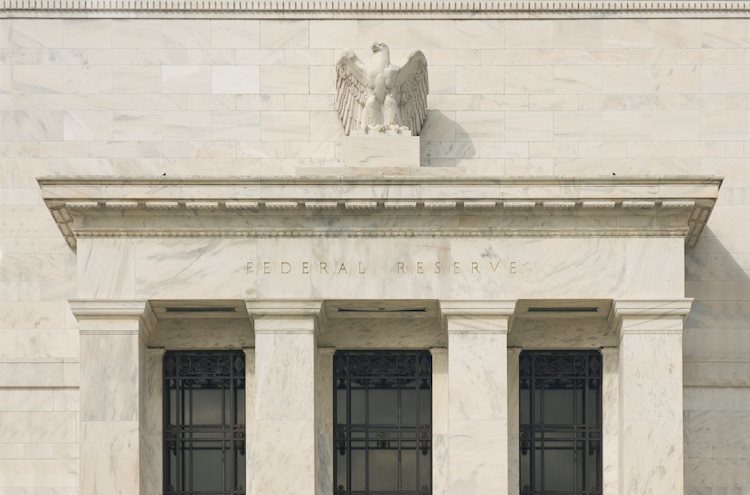Federal Reserve Bank of Chicago President Austan Goolsbee recently expressed concerns about the labor market, stating that he is more worried about it than inflation. He emphasized the importance of not assuming that the labor market can be easily fixed once it is already broken. Goolsbee noted that inflation has been decreasing for some time and that the economic conditions will determine the size of future rate cuts.
In reaction to Goolsbee’s comments, the US Dollar Index (DXY) was trading slightly higher on the day at 102.60. This indicates that investors are closely monitoring the situation and adjusting their positions accordingly. The relationship between labor market conditions, inflation, and interest rates is complex and can have a significant impact on the value of the US Dollar.
The Federal Reserve plays a crucial role in shaping monetary policy in the US. The Fed has two main mandates: achieving price stability and fostering full employment. One of the primary tools the Fed uses to achieve these goals is adjusting interest rates. When inflation is too high, the Fed raises interest rates to curb rising prices, which can strengthen the US Dollar. Conversely, if inflation falls below target or unemployment is high, the Fed may lower rates to stimulate borrowing and spending.
The Federal Reserve holds eight policy meetings each year, where the Federal Open Market Committee (FOMC) assesses economic conditions and makes key monetary policy decisions. The FOMC consists of twelve Fed officials, including members of the Board of Governors and regional Reserve Bank presidents. These officials play a crucial role in setting interest rates and determining the overall direction of monetary policy in the US.
In times of extreme economic distress, the Federal Reserve may resort to unconventional policy measures such as Quantitative Easing (QE). QE involves increasing the flow of credit in the financial system by purchasing high-grade bonds from financial institutions. This policy was utilized by the Fed during the Great Financial Crisis in 2008. QE typically weakens the US Dollar as it floods the market with additional currency.
On the other hand, Quantitative Tightening (QT) is the reverse process of QE, where the Federal Reserve stops buying bonds from financial institutions and allows existing bonds to mature without reinvesting the proceeds. This process is generally positive for the value of the US Dollar as it reduces the supply of Dollars in the market. Understanding the various tools and policies employed by the Federal Reserve is essential for investors and market participants to navigate the complexities of the financial markets.











